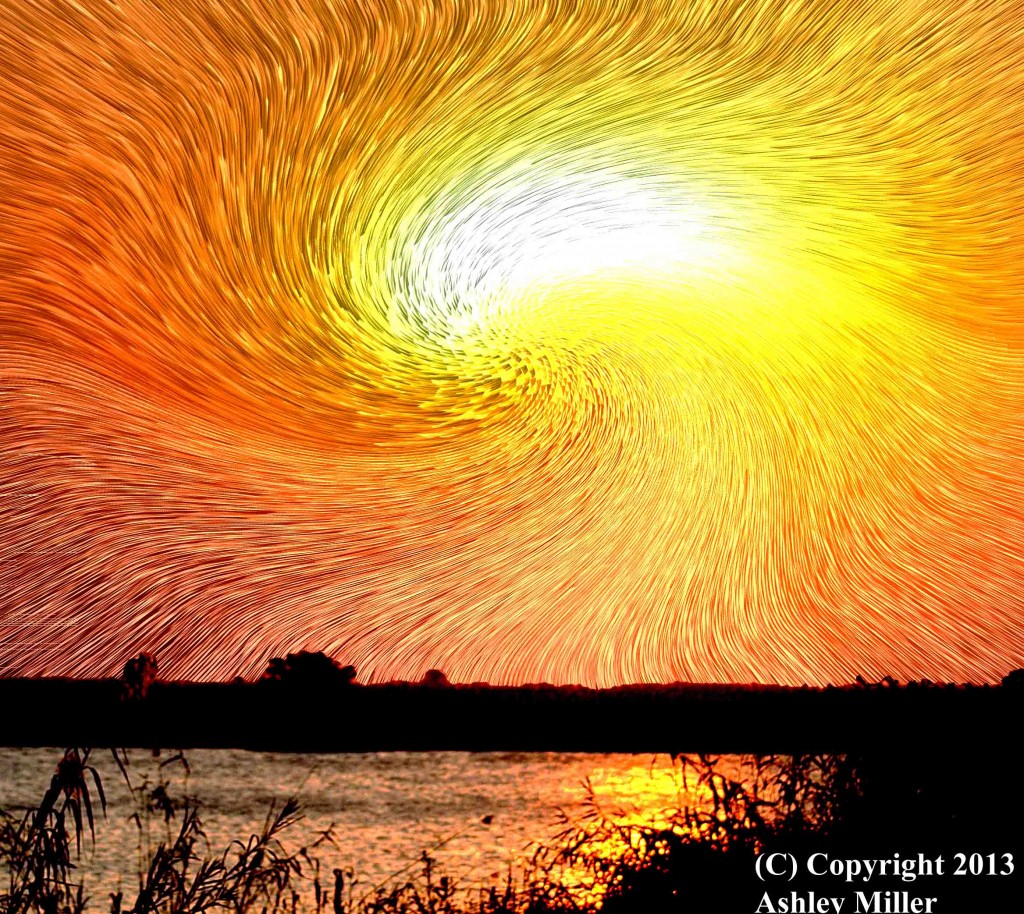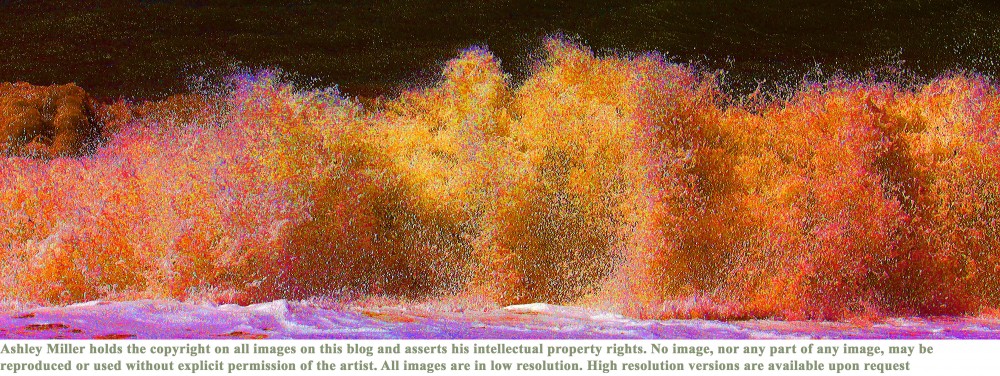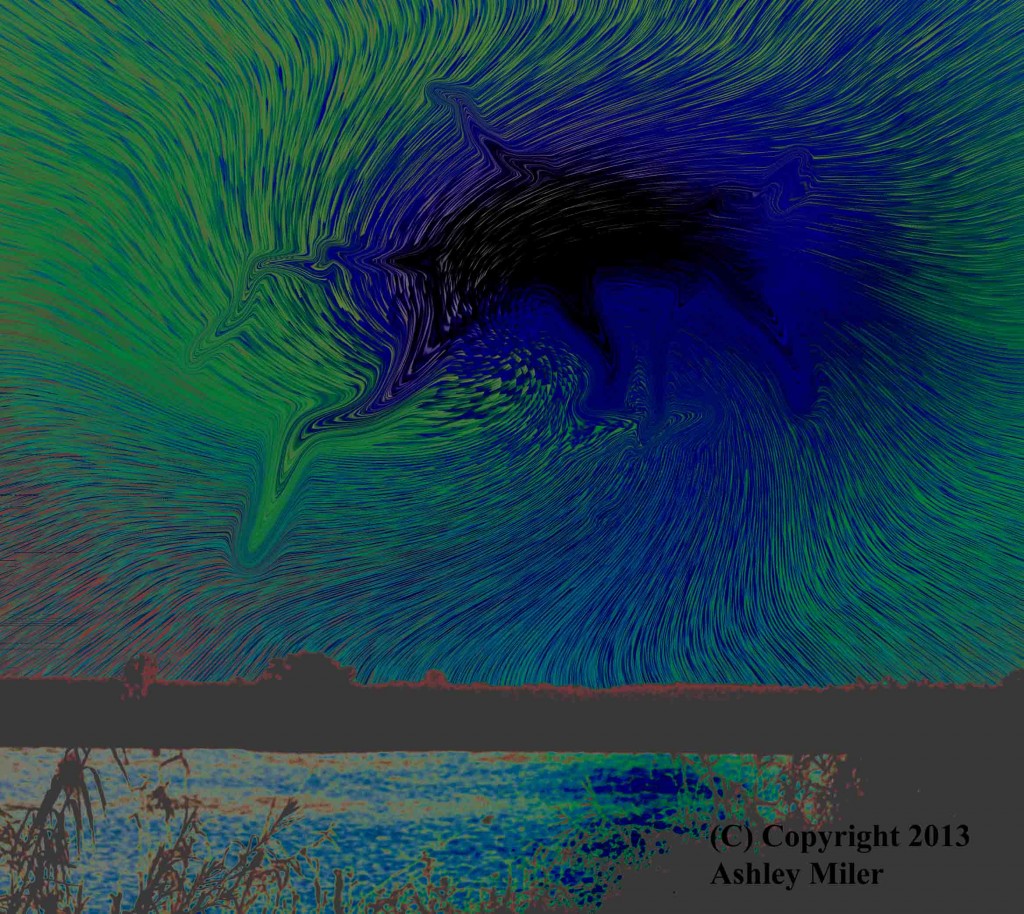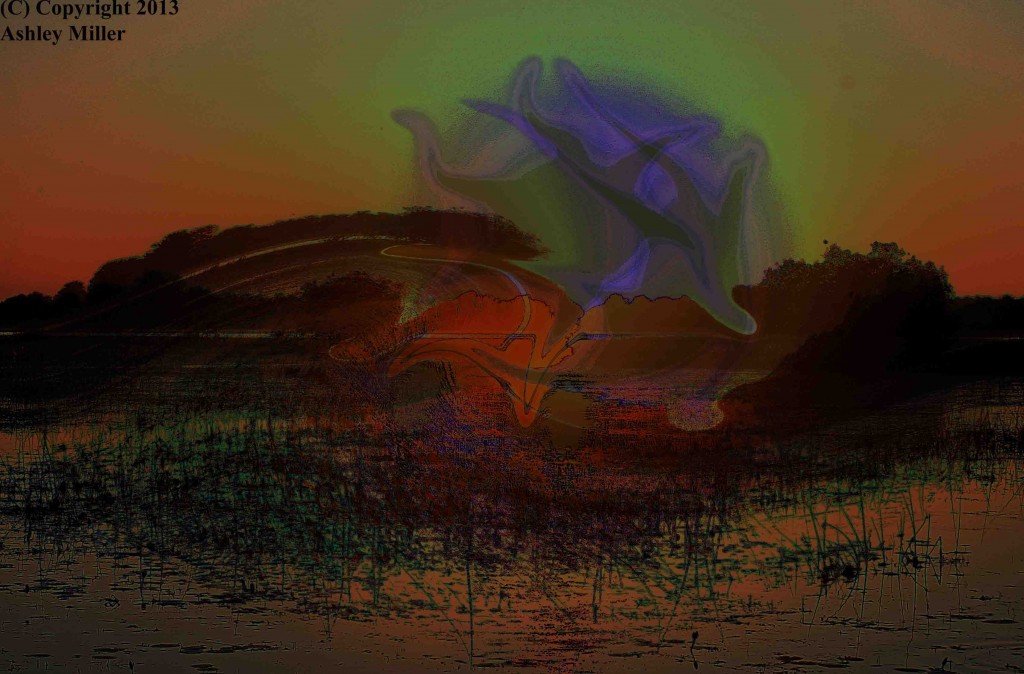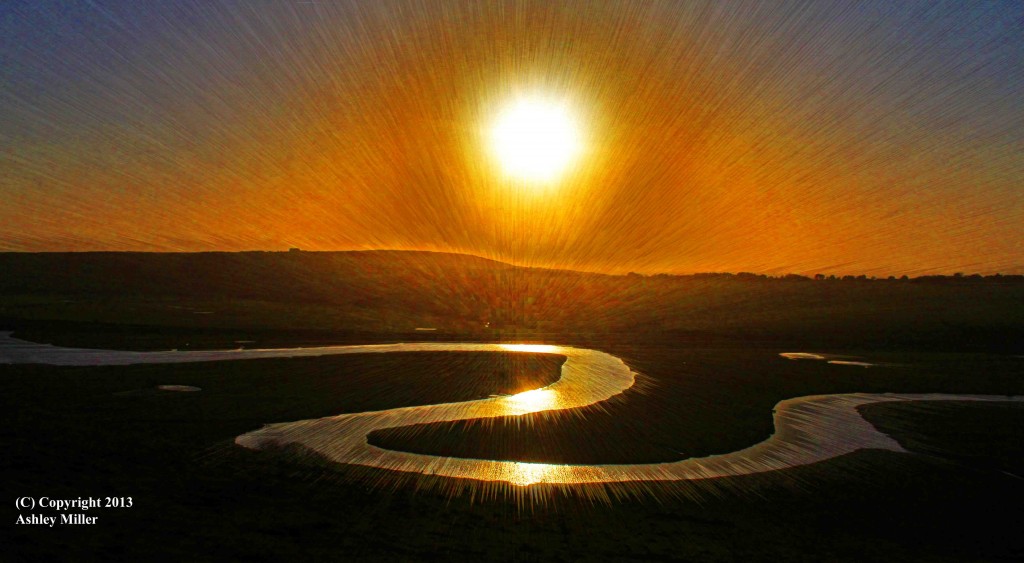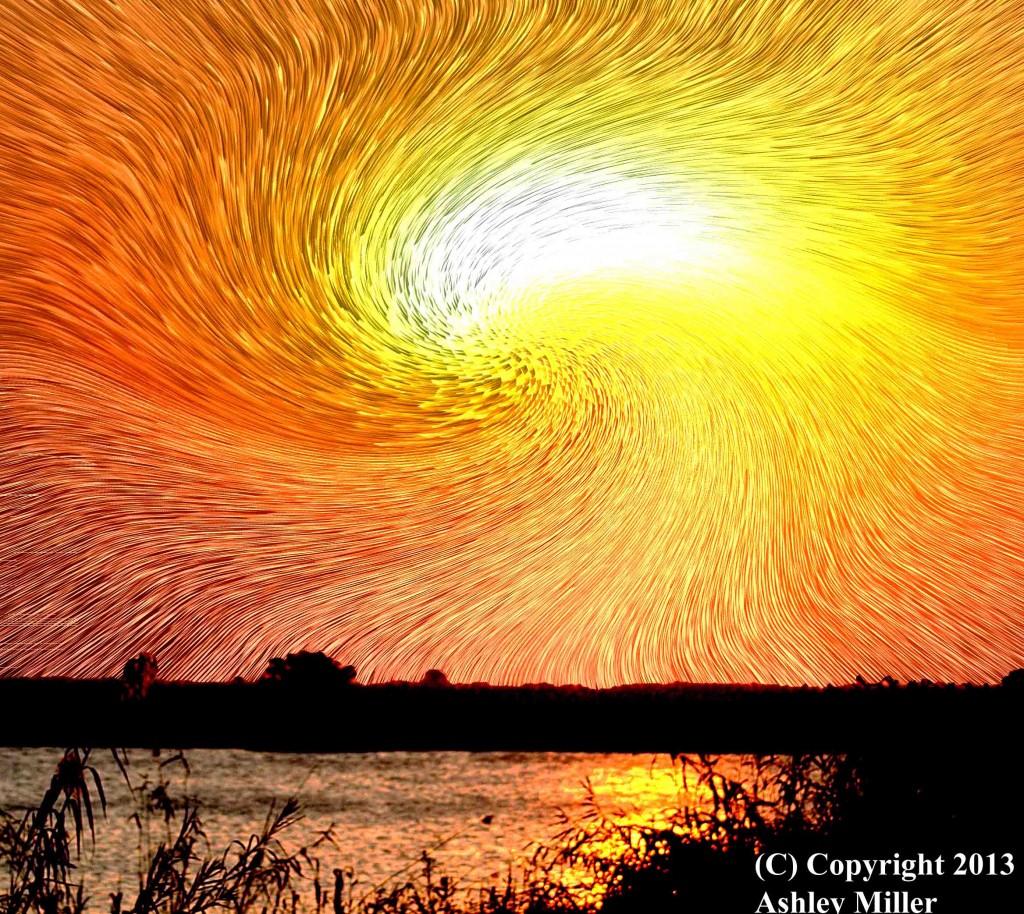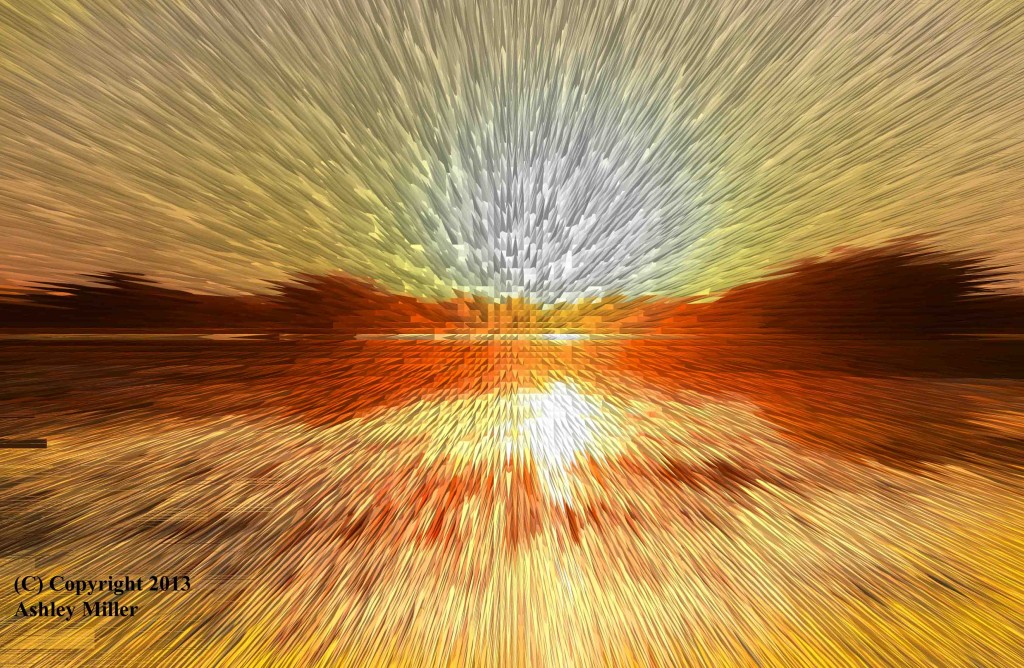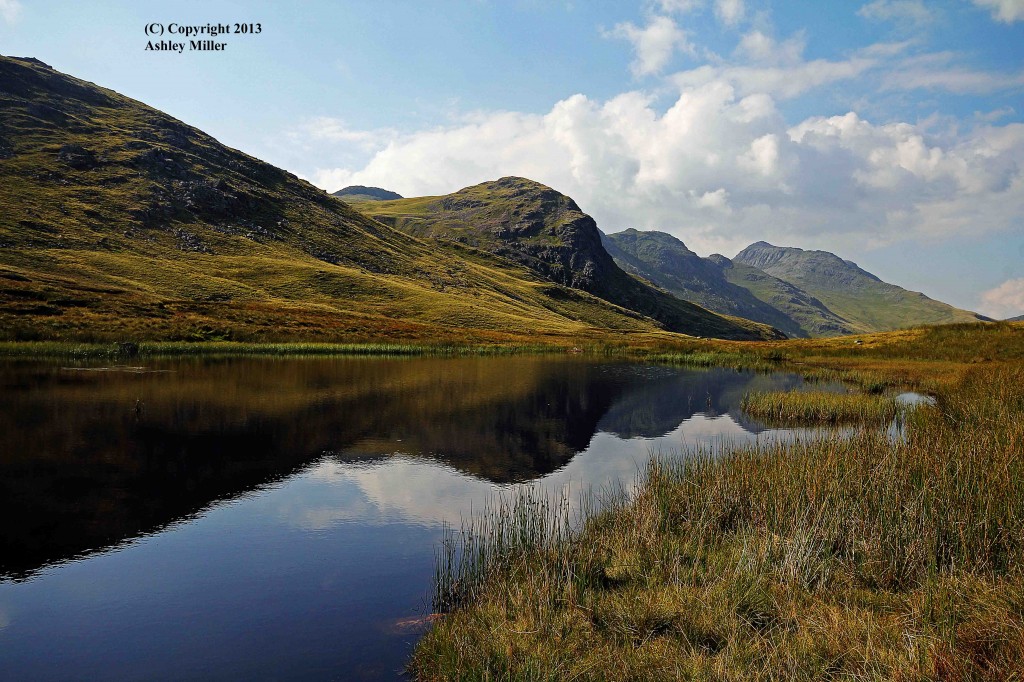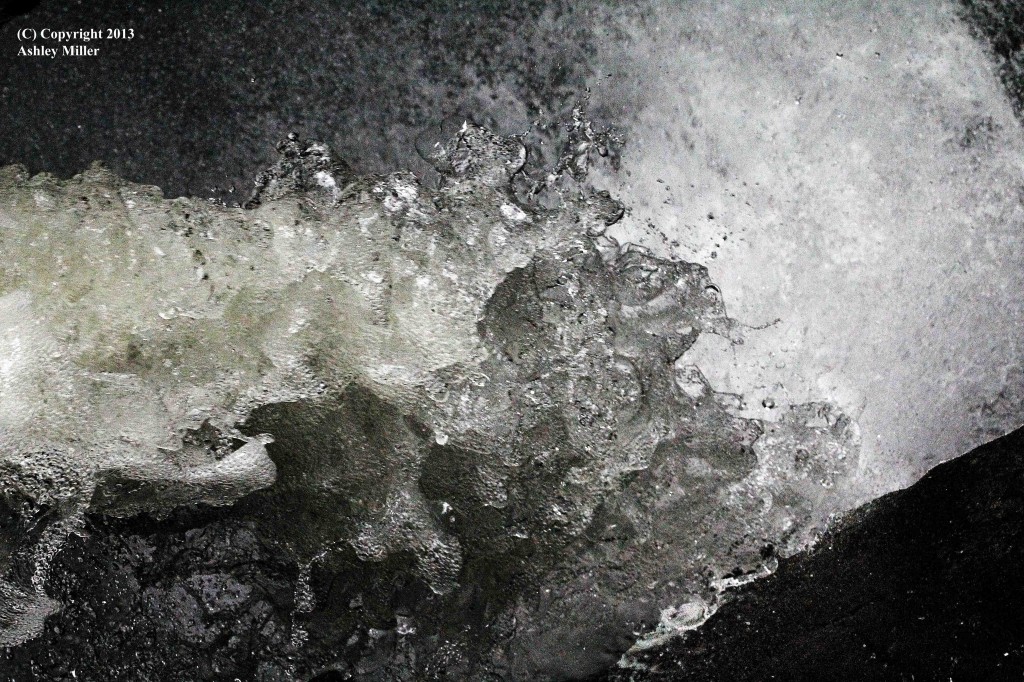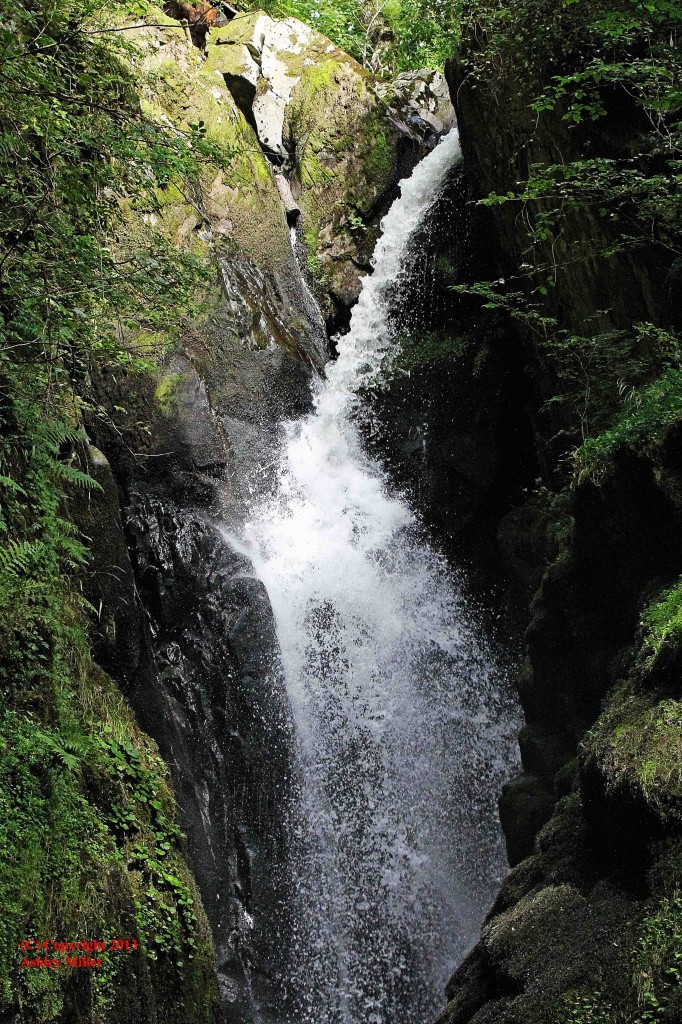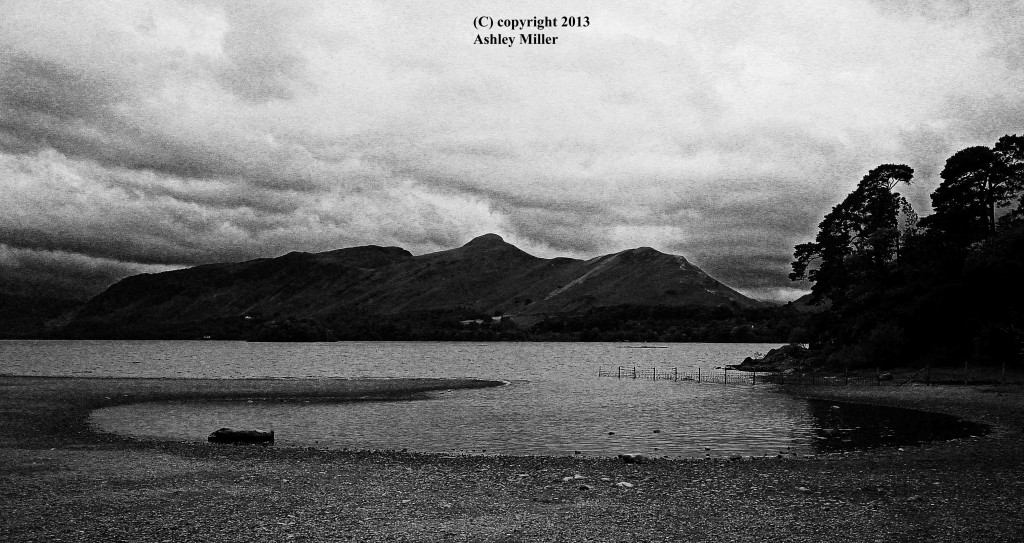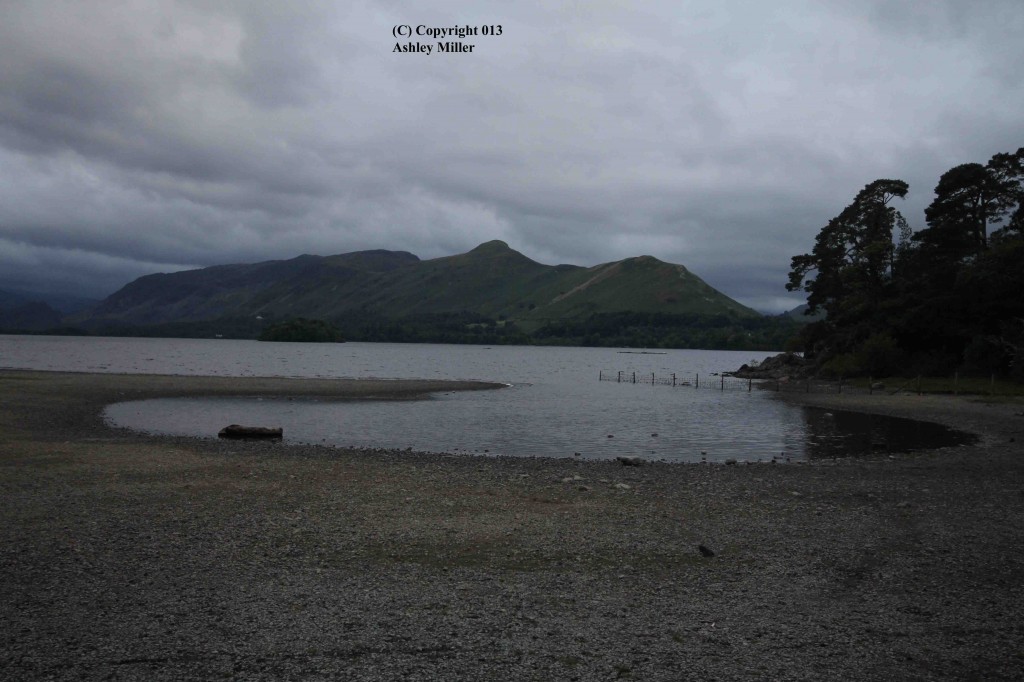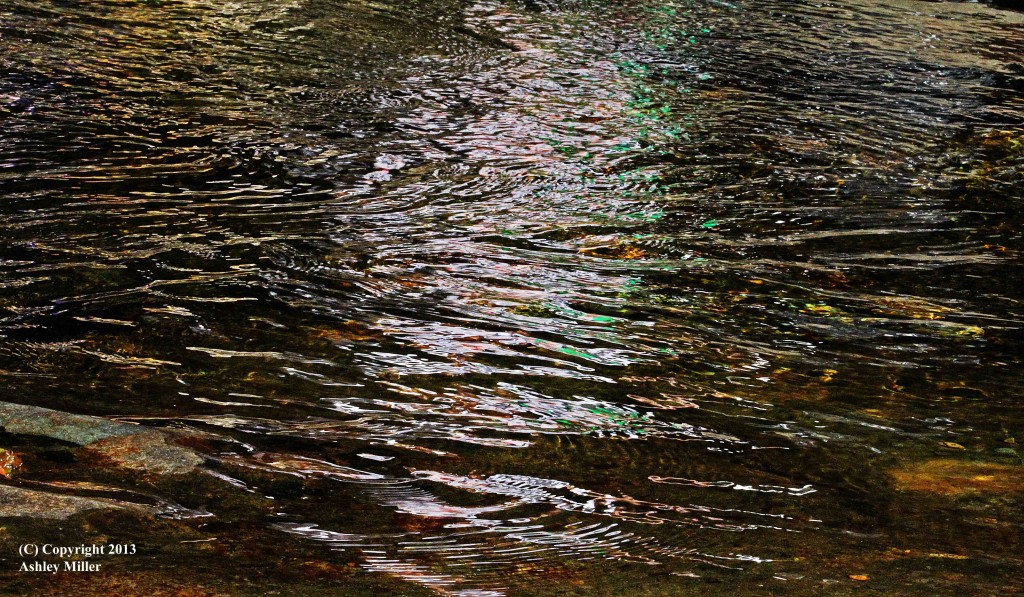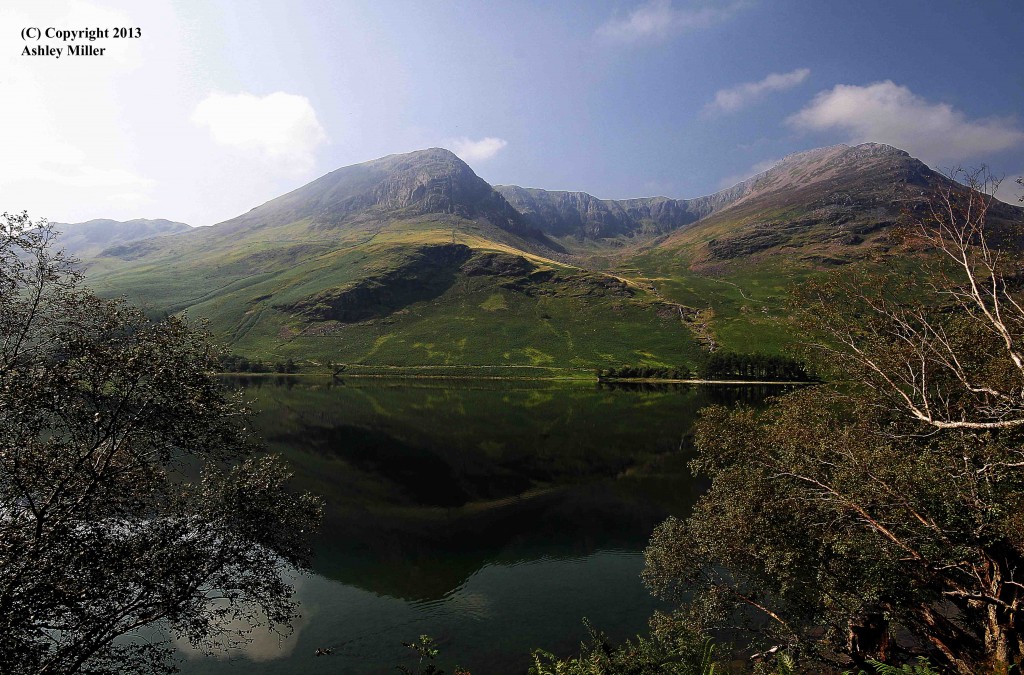It is often the way that we do not visit interesting or beautiful places on our doorstep; yet visit such places whilst on holiday. And I am no different. I live just a few miles from the Watts Gallery and Chapel and have done so for 30 years, yet never went there until being visited by Muse&Mentor, and realising this was an interesting opportunity. It was indeed an interesting opportunity …
George Alfred Watts was an important 19th century English painter and sculptor. The gallery, a regional offshoot of the Tate Gallery, is part of the house he had built, the Chapel his Mausoleum, which his second wife, a designer/potter, had built, is a fascinating Arts and Crafts building. And Watts painted in a variety of styles; with influences from his pre-Raphaelite friends Dante Rosetti and William Morris and as part of the symbolist movement; representing people and the world in religious/mythological symbols and allegories. He also painted the literati and glitterati of his age; some agreeing to be represented in his symbolist style; and others clearly not … rounding one corner you come across the stern visage of William Gladstone, no symbolism allowed there, yet a certain warmth not always found in Gladstonian images. Yet it was a handful of impressionistic images, all light and warmth; reminiscent of JMW Turner (their lives overlapped so Watts would certainly have been aware of him; an artist whose) whose work I love that moved me most. In particulatr this painting, After the Deluge.
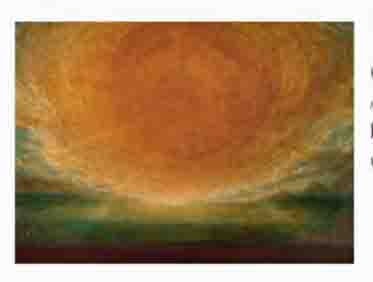
It is an image of the world after the rain of Noah’s flood stops, the 41st day, a watery saturated world yet with the glowing Sun promising a return to life.
And it inspired me to look at some of my images, my love of water, of course, yet shot straight into the Sun (all rules are there for the breaking) and wondered if I could capture some of that same feeling. A will publish a few such images; and they are images for they are no longer photographs, rather my own creations. This first originated from the Chobe river in Botswana; it has come a long way from there in many senses.
